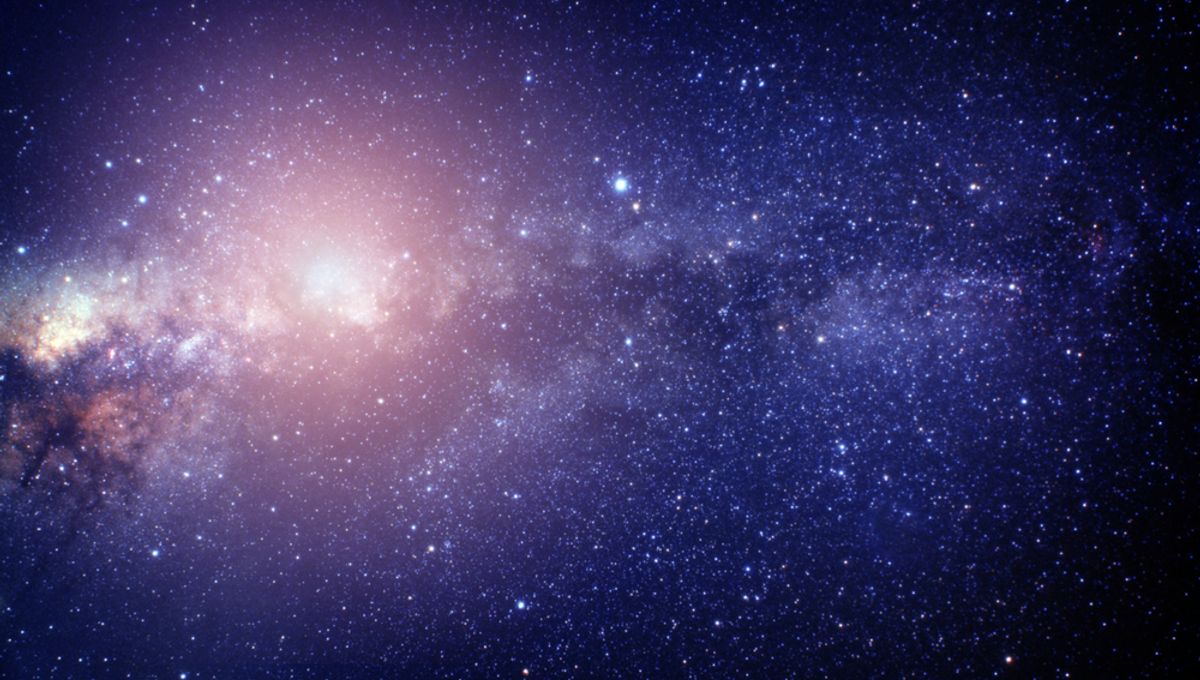
The JWST has confirmed the results of lesser telescopes as to how fast the universe is expanding. Instead of settling physics debates, this makes things worse, because the previous measurements contradict what astronomers think should be happening, based on the echoes of the Big Bang. This (probably) doesn’t mean we need to throw out most of what we think we know about cosmology, as some popular articles claim, but it does leave a significant problem to solve.
Astronomers have come up with a number of methods to determine how fast the universe is expanding, a measurement with important implications for the age and future of the universe. Initially, these came with wide uncertainties, and while the core predictions varied, the error bars overlapped, so there was not too much to worry about.
However, as our instruments have improved, and the number of sources studied increased, the discrepancies didn’t go away. This is now known as the “Hubble Tension”, a reference to the Hubble Constant, the number that defines the relationship between a distant object’s distance and speed.
The JWST is able to perform one of the crucial measurements, the distance to far-off galaxies, with greater precision than any other instrument. Perhaps, some astronomers thought, it would provide an answer closer to the one obtained in other ways, resolving the Hubble Tension. Instead, it has backed up the results from other telescopes.
“Did you ever struggle to see a sign that was at the edge of your vision? What does it say? What does it mean? Even with the most powerful telescopes, the ‘signs’ astronomers want to read appear so small that we struggle too,” said Professor Adam Riess of Johns Hopkins University in a statement. Riess shared the 2011 Physics Nobel Prize for demonstrating the expansion of the universe is accelerating.
“The sign cosmologists want to read is a cosmic speed limit sign that tells us how fast the universe is expanding – a number called the Hubble constant,” Riess explained. “Our sign is written into the stars in distant galaxies. The brightnesses of certain stars in those galaxies tell us how far away they are and thus for how much time this light has been traveling to reach us, and the redshifts of the galaxies tell us how much the universe expanded over that time, hence telling us the expansion rate.”
Riess won his prize for helping perform this measurement using Type Ia supernovas, whose intrinsic brightness at their peak is very consistent. However, this requires waiting for the right type of supernova to explode. Stars known as Cepheid variables provide an alternative, being much more abundant.
The brightness of a Cepheid variable is related to the rate at which it expands and contracts, once again giving us a measurement that can be used to calculate their distance. Cepheid variables gave us our first inkling of the scale of the universe, revealing that distant galaxies lie far beyond the Milky Way.
Not being as bright as supernovas, however, Cepheid variables can’t be seen in the most distant galaxies. Hundreds of millions of light-years away, however, they can calibrate supernova measurements, providing extra precision, but only if we can distinguish them from nearby ordinary stars.
The JWST operates at wavelengths where this is easier to do than at Hubble’s range, and Riess and colleagues utilized this to measure more than 320 Cepheids, some in the relatively nearby galaxy NGC 4258 and in NGC 5584, which hosted a recent supernova.
Their measurements show that a lack of confidence in Hubble’s precision was unwarranted – it was measuring these galaxies extremely well. What the two space telescopes found, however, is entirely out of step with predictions based on the cosmic microwave background.
The Hubble Tension remains unresolved.
“The most exciting possibility is that the Tension is a clue about something we are missing in our understanding of the cosmos,” Riess added. “It may indicate the presence of exotic dark energy, exotic dark matter, a revision to our understanding of gravity, or the presence of a unique particle or field.” As if ordinary dark energy and dark matter were not puzzling enough.
Four centuries later, Shakespeare remains correct: there are more things in heaven and Earth than are dreamt of in anyone’s philosophy, Horatio’s included.
The study has been accepted by The Astrophysical Journal, and a preprint is available at ArXiv.org.
An earlier version of this article was published in September 2023
Source Link: JWST Confirms Universe’s Expansion Rate And One Of Physics’ Biggest Mysteries